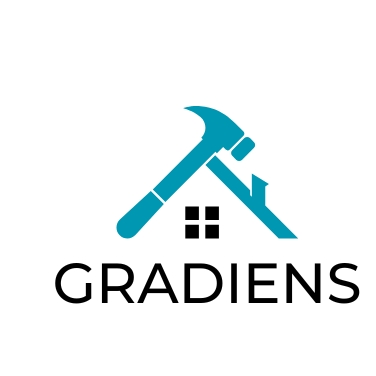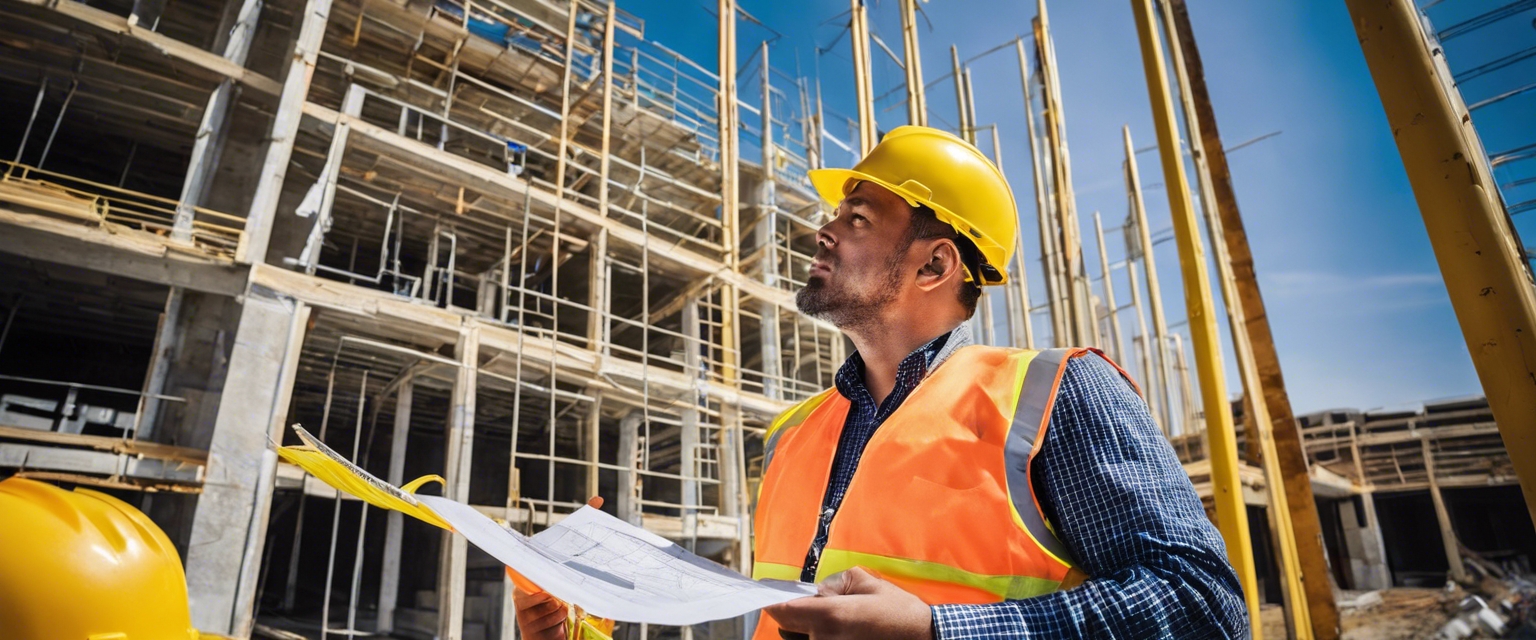The importance of regular construction audits
Construction audits are systematic reviews conducted during the construction process to ensure that project management practices, contractual obligations, and regulatory requirements are being met. They serve as a critical tool for maintaining transparency, accountability, and quality in construction projects.
A comprehensive construction audit encompasses various aspects such as cost verification, schedule adherence, compliance with building codes, quality of workmanship, and environmental sustainability. It involves detailed documentation review, on-site inspections, and interviews with project stakeholders.
The Role of Construction Audits in Preserving Cultural Heritage
For government agencies, historical societies, and private building owners, construction audits are indispensable in ensuring that restoration or construction projects of historical buildings comply with specific regulations and standards. These audits help preserve the cultural significance and historical integrity of such structures.
Regular audits provide an ongoing assessment of the structural health of buildings, particularly those with historical value. They identify potential issues early on, allowing for timely interventions that prevent long-term damage and preserve the building's heritage.
Financial and Operational Benefits of Regular Audits
Construction audits play a pivotal role in financial oversight, helping to avoid cost overruns and ensuring that the project stays within budget. They provide a detailed breakdown of expenses and highlight areas where costs can be optimized.
By regularly monitoring the construction process, audits help maintain high standards of quality. They ensure that the project adheres to the agreed-upon specifications and is completed on time, thus avoiding delays and additional costs.
Risk Management Through Construction Audits
Construction audits identify potential risks at different stages of the project, from design to execution. This proactive approach allows for the implementation of mitigation strategies to address issues before they escalate.
Audit findings can lead to improvements in safety protocols, reducing the likelihood of accidents on-site and ensuring the well-being of workers and the public.
Environmental Considerations in Construction Audits
Environmental sustainability is a growing concern in construction. Audits assess the environmental impact of construction activities, ensuring that projects meet eco-friendly standards and contribute to sustainable development.
Audits verify that construction practices are in line with environmental regulations and best practices, promoting the use of green materials, waste reduction, and energy efficiency.
Best Practices for Conducting Construction Audits
For an effective construction audit, it is essential to engage auditors with the right expertise, particularly in the context of heritage conservation. Qualified auditors bring a wealth of knowledge and experience that is crucial for the nuanced requirements of such projects.
Adopting a systematic approach to construction audits ensures thoroughness and consistency. It involves regular scheduling, comprehensive checklists, and clear reporting mechanisms to keep all stakeholders informed and engaged throughout the audit process.






Comments (0)